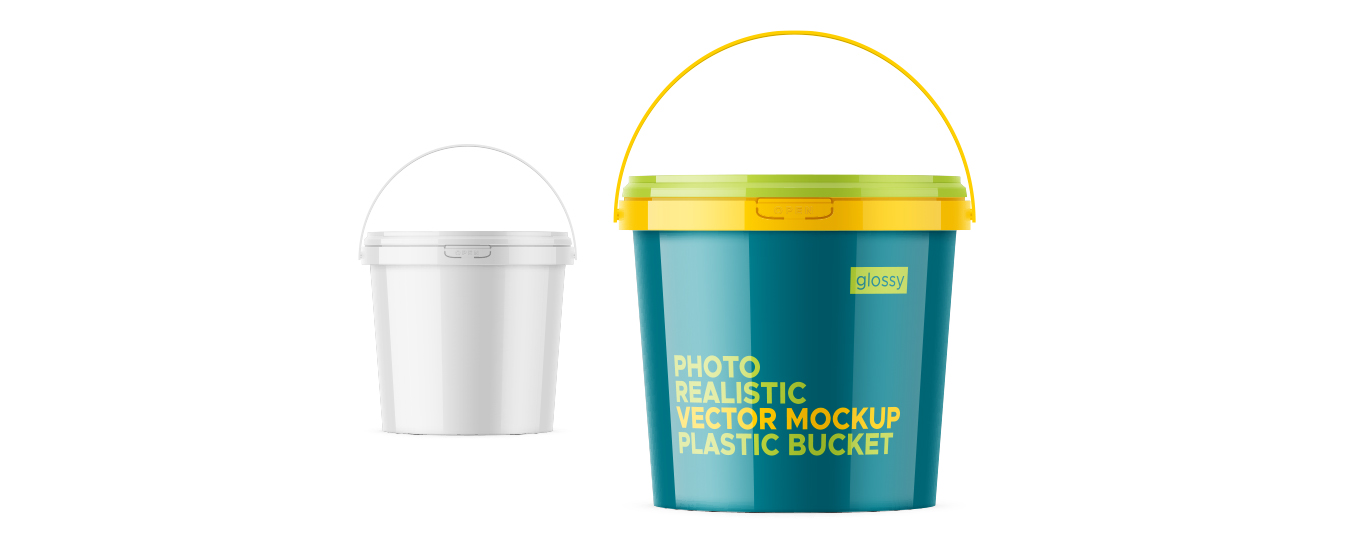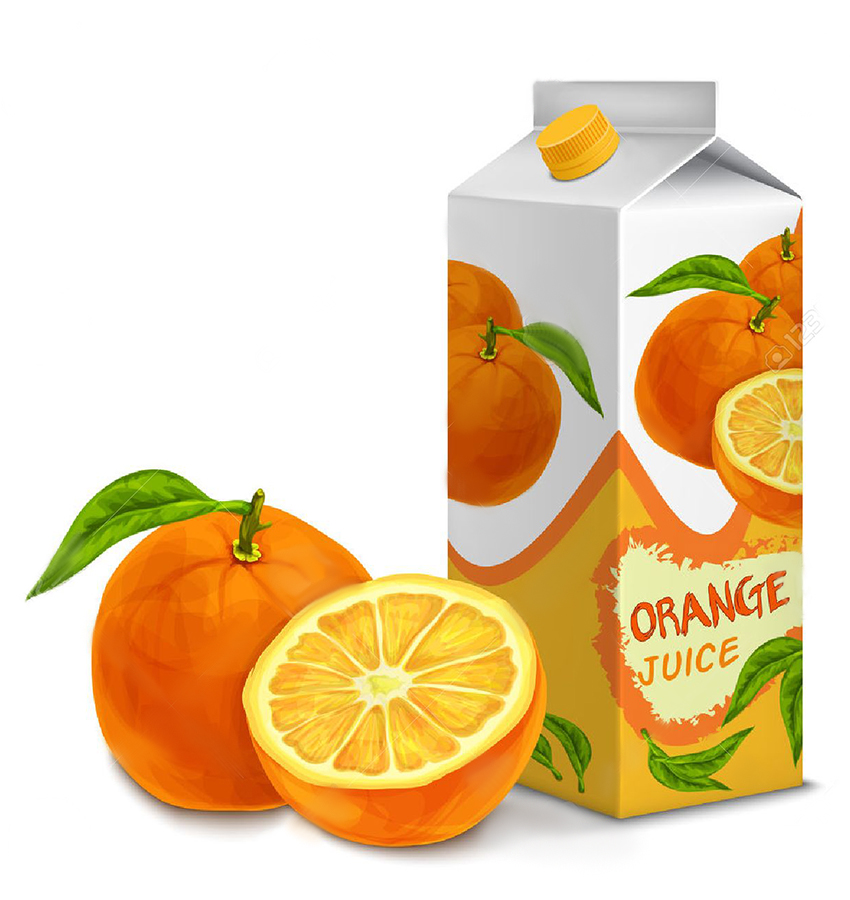
Photography and Photorealism
For the last 150 years since the invention of the modern camera, there has been a clear difference in the value propositions of paintings and photographs. Except for specialized applications like cartography, paintings were about the artist’s expression and creativity. The object of the painting itself was less important. On the other hand, photographs captured reality. The challenges to delivering photo-realistic products and packaging. There is certainly artistry in photography, but the capture of the object itself is largely without manipulation. As cameras became more sophisticated, they became the mainstream mode of capturing events and keeping accurate visual records.
With the advent of sophisticated photo editing software, especially Adobe Photoshop, the unthinkable happened- it became possible to alter the hitherto “honest capture” of people and events. In other words, advanced photo editing became possible, and graphic artists could soon insert features, objects, and alterations that made the end image totally different from the raw photograph.
While photo editing remained confined to…well, photographs, the emergence of 3D CGI expanded that “created reality” to even 3D objects. In the last decade or so, such creations, called “photorealistic images”, have revolutionized commercial art. Photorealistic images and CGI objects make it possible to blend real models and computer-created furniture in the same photo, create marketing material featuring products before they exist, help merchandisers and shippers plan shelf layouts and logistics accurately in advance, and allow Mixed Reality ecosystems to exist.
Creating a Photorealistic Image
Commercial photorealistic art like object images and 3D renders of products are widely used in a variety of B2C and B2B industries. As far as photorealistic art demand is concerned, FMCG and CPG, F&B, Fashion & Accessories, Auto, and Real Estate come out on top. Though advertising is the major application, merchandising and shelf planning, marketing applications like AR experiences and official CGI asset sale are some of the other uses.
To produce consistent volumes of high quality work, large scale content creation services companies like Manipal Digital follow a workflow more reminiscent of industrial production than high art. The objective is to create artwork that meets clients’ specifications, offers high quality workmanship, and excellent value for money for the brand.
While each company follows a slightly different workflow, broadly speaking the steps to create a great photorealistic image efficiently are:
Gathering references:
Here the graphic artist collects and studies a lot of references. These can be photographs of the object or similar objects, taken from different angles and in different lighting. The more uncommon the object, the more important it is for there to be sufficient references to set the graphic artist on the right path.
Creating a 3D model:
The graphic artist starts creating a 3D model with powerful software like Adobe Maya or Blender. Commercial software is expensive, sometimes running into thousands of dollars. Many of the larger firms also develop their own proprietary add-ons or automation scripts to work together with the base software. Mastering software skills is a key aspect of creating commercial quality artwork. For this reason Manipal Digital invests hundreds of hours of training and mentorship models to ensure the quality of its artists.
UV Unwrapping:
Once the model is complete, the next step is to turn the 3D model into a 2D “flat” surface by “unfolding” the model along seams the graphic artist creates. Simple objects like packaging boxes have fewer seams (low polygon models), while complex objects can have thousands of seams (high polygon models).
Texturing:
Next, the artist starts developing the model’s outer texture. Texture refers to how the finished model should look (bumpy, shiny, smooth, weathered, etc.) Artists sometimes use photographs or pre-existing patterns, or create their own original “texture maps” with Photoshop or similar software. These maps are assigned one by one to each polygon. The artist also adjusts details like lighting, bumps, etc. At this point the various “layers” of the final image are ready.
Rendering:
This is the most time consuming aspect of the artwork creation process. The 3D object is converted into a series of 2D images, and the interplay of light with the object is simulated for each image so that the finished artwork can be rotated, zoomed in/out and look great! The rendering process can take anywhere between hours and days of continuous working by specialized rendering software. Naturally, photorealistic objects need a great deal of rendering, resulting in a “heavy” file.
In addition to the above, the artist may also do the following:
- Rigging: Some 3D models e.g. characters, mechanisms etc. may need movement to simulate real life. To do this artists “rig” the models to allow freedom of movement to particular parts of the model in pre-determined ways. A rigged model of a car, for instance, may allow doors to open or wheels to turn, while a rigged robot model could allow its arms to move.
- Animation: If the final output requires a moving object, the artist “animates” the rigged model to create movement using techniques like keyframe animation.
- Post-Processing: In this step the artist adjusts the model into its background using software like Photoshop to ensure it “sits” naturally in its environment. This is especially important in the real estate and interior decoration industry, where the CGI model co-exists with photographed elements like the outdoors, human models, etc.
Conclusion
Creating any good looking CGI image, especially photorealistic images takes a lot of work, involving both technique and artistry. No wonder good CGI takes time! As a brand, it is almost always a good idea to approach a CGI content creation specialist to ensure the models you end up with look and work well for their only purpose- to draw customers. From dresses and shirts to jewellery and machinery, Manipal Digital artists have created thousands of photorealistic work for clients around the world. Talk to us today, and begin reaping the benefits of great CGI!



